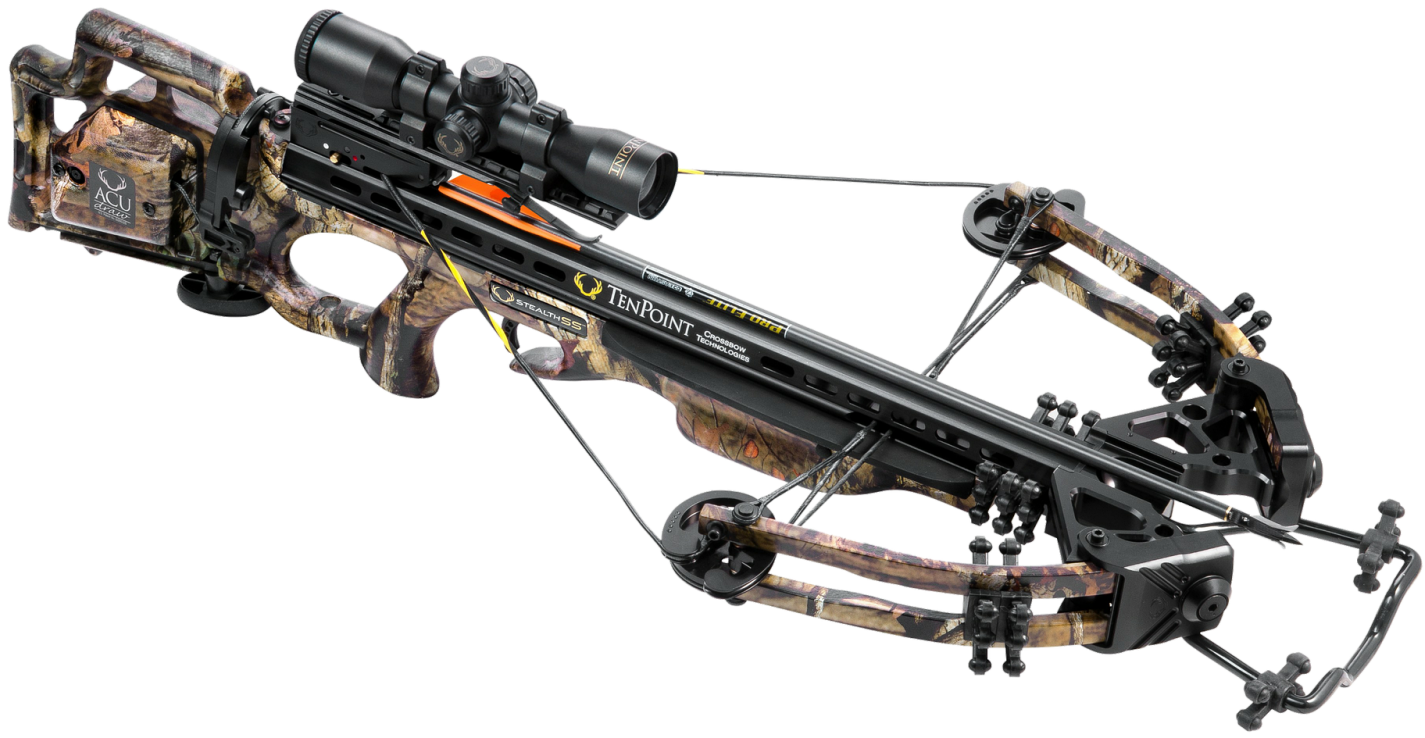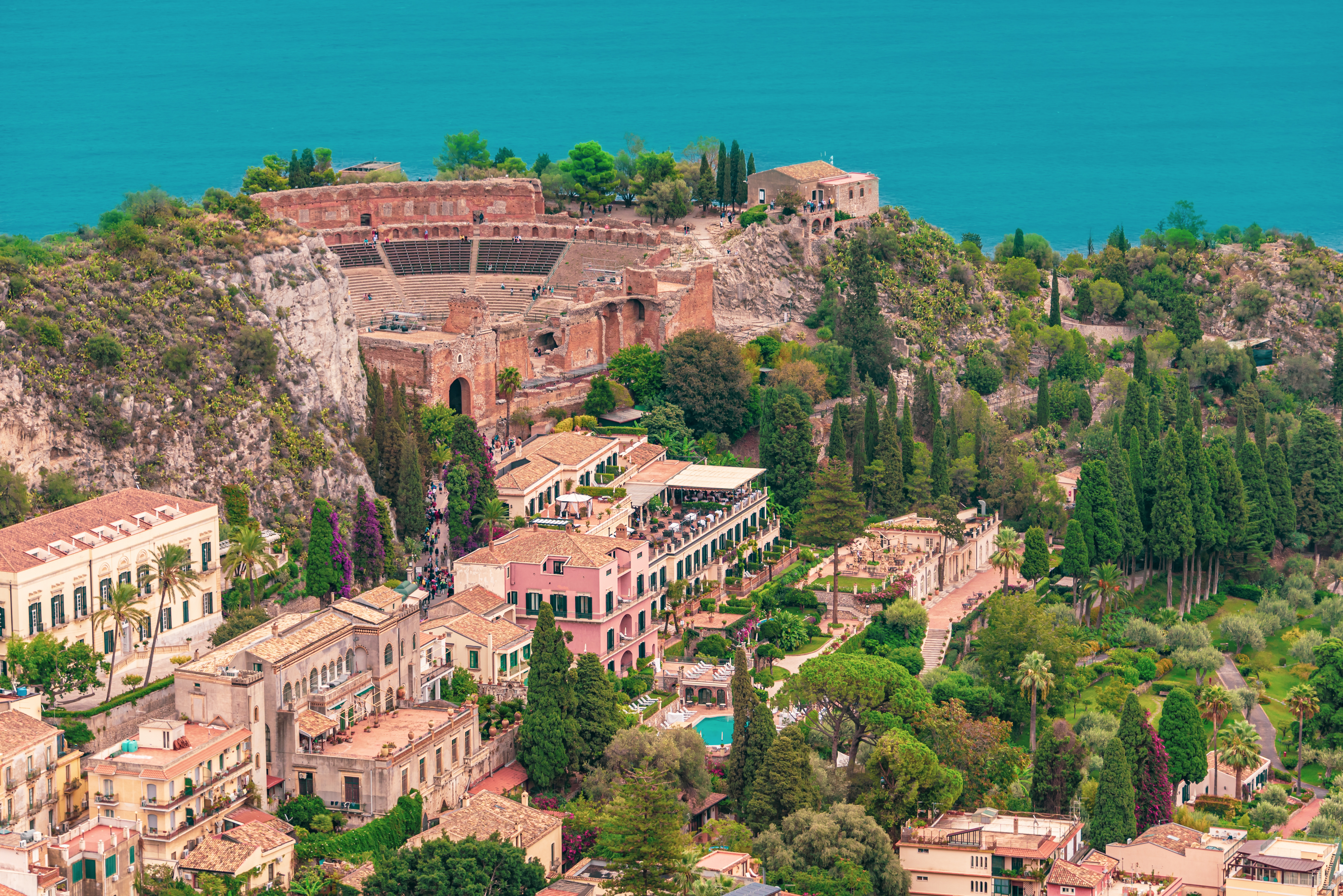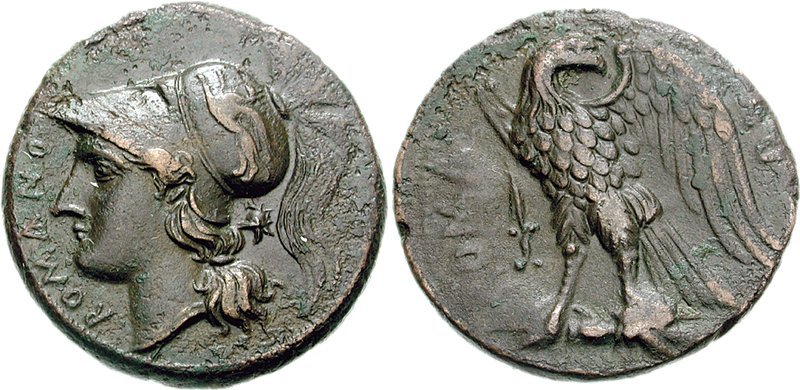|
Siege Of Syracuse (1086)
In 1086, following a naval battle, the Islamo-Sicilian city of Syracuse was blockaded by sea and besieged by land from May to October by the forces of the Norman county of Sicily. Following the death and flight of its leaders, the city surrendered. The main source for the siege, the Norman historian Geoffrey Malaterra, dates it to 1085, but modern historians believes this to be a mistake for 1086. The campaign had a religious character, being conceived in response to outrages perpetrated against churches and nuns and pitting Christians against Muslims. Background In 1081, Benavert, the emir of Syracuse, acquired control of the city of Catania, displacing its emir. The city was soon conquered, however, by Jordan, the son of Count Roger I of Sicily.Valerie Eads"Syracuse, Siege of" in Clifford J. Rogers (ed.), ''The Oxford Encyclopedia of Medieval Warfare and Military Technology'' (Oxford University Press, 2010). In the summer of 1084, Benavert launched a raid on Calabria. At Nic ... [...More Info...] [...Related Items...] OR: [Wikipedia] [Google] [Baidu] |
Syracuse, Sicily
Syracuse ( ; ; ) is a historic city on the Italian island of Sicily, the capital of the Italian province of Syracuse. The city is notable for its rich Greek and Roman history, culture, amphitheatres, architecture, and as the birthplace and home of the pre-eminent mathematician and engineer Archimedes. This 2,700-year-old city played a key role in ancient times, when it was one of the major powers of the Mediterranean world. Syracuse is located in the southeast corner of the island of Sicily, next to the Gulf of Syracuse beside the Ionian Sea. It is situated in a drastic rise of land with depths being close to the city offshore although the city itself is generally not so hilly in comparison. The city was founded by Ancient Greek Corinthians and Teneans and became a very powerful city-state. Syracuse was allied with Sparta and Corinth and exerted influence over the entirety of Magna Graecia, of which it was the most important city. Described by Cicero as "the ... [...More Info...] [...Related Items...] OR: [Wikipedia] [Google] [Baidu] |
Roger Borsa
Roger Borsa (1060/1061 – 22 February 1111) was the Norman Duke of Apulia and Calabria and effective ruler of southern Italy Southern Italy (, , or , ; ; ), also known as () or (; ; ; ), is a macroregion of Italy consisting of its southern Regions of Italy, regions. The term "" today mostly refers to the regions that are associated with the people, lands or cultu ... from 1085 until his death. Life Early life Roger was the son of Robert Guiscard and Sikelgaita, a Lombards, Lombard noblewoman. His ambitious mother arranged for Roger to succeed his father in place of Robert Guiscard's eldest son by another wife, Bohemond of Taranto. His nickname, Borsa, which means "purse", came from "his early-ingrained habit of counting and recounting his money." In 1073, Sikelgaita had Roger proclaimed heir after Guiscard fell ill at Trani, Apulia, Trani. Roger's cousin Abelard of Hauteville, Abelard was the only baron to dissent from the election of Roger, claiming that he himself ... [...More Info...] [...Related Items...] OR: [Wikipedia] [Google] [Baidu] |
Conflicts In 1086
Conflict may refer to: Social sciences * Conflict (process), the general pattern of groups dealing with disparate ideas * Conflict continuum from cooperation (low intensity), to contest, to higher intensity (violence and war) * Conflict of interest, involvement in multiple interests which could possibly corrupt the motivation or decision-making * Cultural conflict, a type of conflict that occurs when different cultural values and beliefs clash * Ethnic conflict, a conflict between two or more contending ethnic groups * Group conflict, conflict between groups * Intragroup conflict, conflict within groups * Organizational conflict, discord caused by opposition of needs, values, and interests between people working together * Role conflict, incompatible demands placed upon a person such that compliance with both would be difficult * Social conflict, the struggle for agency or power in something * Work–family conflict, incompatible demands between the work and family roles of ... [...More Info...] [...Related Items...] OR: [Wikipedia] [Google] [Baidu] |
Sieges Of Syracuse, Sicily
A siege () . is a military blockade of a city, or fortress, with the intent of conquering by attrition, or by well-prepared assault. Siege warfare (also called siegecrafts or poliorcetics) is a form of constant, low-intensity conflict characterized by one party holding a strong, static, defensive position. Consequently, an opportunity for negotiation between combatants is common, as proximity and fluctuating advantage can encourage diplomacy. A siege occurs when an attacker encounters a city or fortress that cannot be easily taken by a quick assault, and which refuses to surrender. Sieges involve surrounding the target to block provision of supplies and reinforcement or escape of troops (a tactic known as "investment"). This is typically coupled with attempts to reduce the fortifications by means of siege engines, artillery bombardment, mining (also known as sapping), or the use of deception or treachery to bypass defenses. Failing a military outcome, sieges can often be deci ... [...More Info...] [...Related Items...] OR: [Wikipedia] [Google] [Baidu] |
Graham Loud
Graham Anthony Loud (born 1953) is a professor emeritus of medieval history at the University of Leeds. Loud is a specialist in the history of southern Italy during the Central Middle Ages (tenth to thirteenth centuries), and also in German history in the Staufen period.Thomas Wiedemann(Manchester Medieval Translations 1998), xvii + 286 pp. *''Conquerors and Churchmen in Norman Italy'' (Variorum Collected Studies Series, Aldershot 1999), xii + 314 pp. *''Montecassino and Benevento in the Middle Ages. Essays in South Italian Church History'' (Variorum Collected Studies Series, Aldershot 2000), xi + 334 pp. *''The Age of Robert Guiscard: Southern Italy and the Norman Conquest'' ( Harlow: Longman/Pearson Education 2000), xii + 329 pp. *''The Society of Norman Italy'', edited by G.A. Loud & A. Metcalfe ( Leiden: Brill, 2002), xx + 347 pp. *''The Latin Church in Norman Italy'' (Cambridge University Press Cambridge University Press was the university press of the University of C ... [...More Info...] [...Related Items...] OR: [Wikipedia] [Google] [Baidu] |
Ortygia
Ortygia ( ; ; ) is a small island which is the historical centre of the city of Syracuse, Sicily. The island, also known as the (Old City), contains many historical landmarks. The name originates from the Ancient Greek (), which means " quail". Overview Ortygia is a small island and the historical heart of the city of Syracuse, Sicily. The island contains many of the city's most ancient landmarks, including the Temple of Apollo, the Fountain of Arethusa, and the Cathedral of Syracuse, which was originally a Greek temple. In 2005, Ortygia was inscribed as part of the UNESCO World Heritage Site "Syracuse and the Rocky Necropolis of Pantalica". The island represents the core of ancient Syracuse and showcases a continuous layering of cultural influences from Greek, Roman, Byzantine, Arab, and Norman periods. Its urban fabric, religious structures, and public spaces reflect the political and religious evolution of the Mediterranean region over more than two millennia. A ... [...More Info...] [...Related Items...] OR: [Wikipedia] [Google] [Baidu] |
Lombards
The Lombards () or Longobards () were a Germanic peoples, Germanic people who conquered most of the Italian Peninsula between 568 and 774. The medieval Lombard historian Paul the Deacon wrote in the ''History of the Lombards'' (written between 787 and 796) that the Lombards descended from a small tribe called the Winnili,: "From Proto-Germanic language, Proto-Germanic ''wikt:Reconstruction:Proto-Germanic/winnaną, winna-'', meaning "to fight, win" who dwelt in northern Germany before migrating to seek new lands. Earlier Roman-era historians wrote of the Lombards in the first century AD as being one of the Suebian peoples, also from what is now northern Germany, near the Elbe river. They migrated south, and by the end of the fifth century, the Lombards had moved into the area roughly coinciding with modern Austria and Slovakia north of the Danube. Here they subdued the Heruls and later fought frequent wars with the Gepids. The Lombard king Audoin defeated the Gepid leader Thuris ... [...More Info...] [...Related Items...] OR: [Wikipedia] [Google] [Baidu] |
Crossbow
A crossbow is a ranged weapon using an Elasticity (physics), elastic launching device consisting of a Bow and arrow, bow-like assembly called a ''prod'', mounted horizontally on a main frame called a ''tiller'', which is hand-held in a similar fashion to the stock (firearms), stock of a long gun. Crossbows shoot arrow-like projectiles called ''crossbow bolt, bolts'' or ''quarrels''. A person who shoots crossbow is called a ''crossbowman'', an ''arbalister'' or an ''arbalist (crossbowman), arbalist'' (after the arbalest, a European crossbow variant used during the 12th century). Crossbows and bows use the same elastic launch principles, but differ in that an archer using a Bow and arrow, bow must draw-and-shoot in a quick and smooth motion with limited or no time for aiming, while a crossbow's design allows it to be spanned and cocked ready for use at a later time and thus affording them unlimited time to aim. When shooting bows, the archer must fully perform the bow draw, draw, h ... [...More Info...] [...Related Items...] OR: [Wikipedia] [Google] [Baidu] |
Rosolini
Rosolini () is a ''comune'' (municipality) in the Province of Syracuse, Sicily, southern Italy. It is about southeast of Palermo and about southwest of Syracuse, Italy, Syracuse. Rosolini was a town in feudal times, and was a settlement in the late Imperial Roman and Byzantine Empire eras. In the 15th century, Rosolini was a fief of the Platamones. It was the Moncadas, in the year of 1713, which founded the newer town of Rosolini which we see today. Rosolini borders the following municipalities: Ispica, Modica, Noto, Ragusa, Italy, Ragusa. References External links Official website Cities and towns in Sicily Municipalities of the Province of Syracuse {{sicily-geo-stub ... [...More Info...] [...Related Items...] OR: [Wikipedia] [Google] [Baidu] |
Taormina
Taormina ( , , also , ; ) is a ''comune'' (municipality) in the Metropolitan City of Messina, on the east coast of the island of Sicily, Italy. Taormina has been a tourist destination since the 19th century. Its beaches on the Ionian Sea, including that of Isola Bella, are accessible via an aerial tramway built in 1992, and via highways from Messina in the north and Catania in the south. On 26–27 May 2017 Taormina hosted the 43rd G7 summit. History The history of Taormina dates back to before Ancient Greece established its first colony on Sicily in 734 BCE in Magna Graecia. After the fall of the Western Roman Empire, Taormina continued to rank as one of the more important towns of the island. Taormina followed the history of Sicily in being ruled by successive foreign monarchs. After the Italian unification, Taormina began to attract well-off tourists from northern Europe, and it became known as a welcoming haven for gay men and artists. Main sights The present town ... [...More Info...] [...Related Items...] OR: [Wikipedia] [Google] [Baidu] |
Messina
Messina ( , ; ; ; ) is a harbour city and the capital city, capital of the Italian Metropolitan City of Messina. It is the third largest city on the island of Sicily, and the 13th largest city in Italy, with a population of 216,918 inhabitants in the city proper and about 595,948 in the metropolitan city as of 2025. It is located near the northeast corner of Sicily, at the Strait of Messina and it is an important access terminal to Calabria region, Villa San Giovanni, Reggio Calabria on the mainland. Founded by the Sicels with the name of ''Zancle'' in 757 BC, which in Siculian, their language meant sickle, it was repopulated by Greek colonisation, Greek colonists of Magna Graecia and renamed ''Messana''. The city was renamed ''Messina'' in the Byzantine Empire, Byzantine age. It was an important Roman Empire, Roman, and then Byzantine Empire, Greek-Byzantine city, but in 843 it was completely destroyed by the Arabs. Almost abandoned during the Islamic period, it rose again i ... [...More Info...] [...Related Items...] OR: [Wikipedia] [Google] [Baidu] |
Bohemond Of Taranto
Bohemond I of Antioch ( 1054 – 5 or 7 March 1111), also known as Bohemond of Taranto or Bohemond of Hauteville, was the prince of Taranto from 1089 to 1111 and the prince of Antioch from 1098 to 1111. He was a leader of the First Crusade, leading a contingent of Normans on the quest eastward. Knowledgeable about the Byzantine Empire through earlier campaigns with his father, he was the most experienced military leader of the crusade. Early life Childhood and youth Bohemond was the son of Robert Guiscard, Count of Apulia and Calabria, and his first wife, Alberada of Buonalbergo. He was born between 1050 and 1058—in 1054 according to historian John Julius Norwich. He was baptised Mark, possibly because he was born at his father's castle at San Marco Argentano in Calabria. His parents were related within the degree of kinship that made their marriage invalid under canon law. In 1058, Pope Nicholas II strengthened existing canon law against consanguinity and, on that basis, ... [...More Info...] [...Related Items...] OR: [Wikipedia] [Google] [Baidu] |







